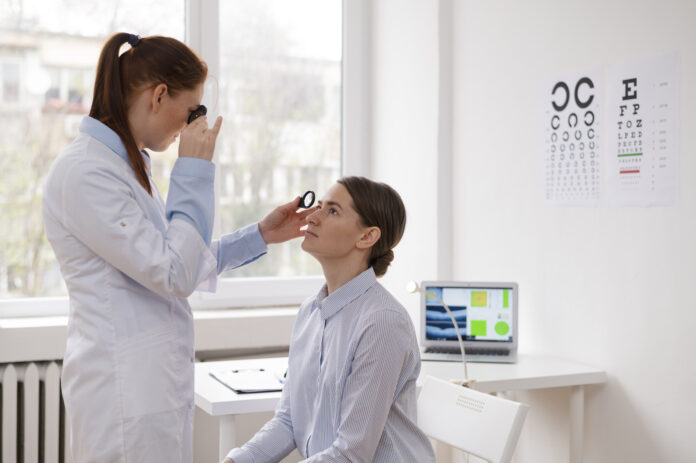Vision problems are a growing problem in the United States, with data from the CDC revealing that West Virginia has the highest prevalence of visual acuity loss. More than one in 30 residents suffer from this impairment, marking a distinct need for better information on the condition, prevention, and treatment options.
Defining visual acuity loss and how it develops
Visual acuity refers to the clarity of one’s vision, so the loss of this can manifest in either blurred vision or a smaller field of view. This condition often requires the person experiencing the loss to fully turn their head or move their eyes around to see a larger section of their environment than those with regular vision. It can also result in low vision, which can eventually lead to complete blindness.
Sudden loss of visual acuity is usually triggered by trauma or obstructions. Otherwise, gradual loss can occur from cataracts, glaucoma, macular degeneration, retinopathy, trachoma, and refractive errors. Different factors can cause these conditions, but age increases the risk. A census of West Virginia’s demographics notes that more of the population is hitting the age range at a higher likelihood of developing these. Those aged 65 and older have hit over 1.4 million, while younger individuals’ vision is steadily declining.
However, it’s also worth noting that visual acuity loss can also affect young people. Data from the International Agency for the Prevention of Blindness has found that over 600,000 children in the US have uncorrectable visual acuity loss. Of these, more than 45,500 are blind. Part of this problem comes from the lack of early intervention, especially for treatable eye conditions affecting children, which should be detected and addressed immediately.
Prevention tips for visual acuity loss
 Prevention is a preferable focus in this field because many of the effects of visual acuity loss cannot be corrected once they are significantly impaired. Despite rising numbers, this doesn’t have to be an unavoidable problem for many West Virginians. You can dramatically minimize your risk with suitable protective measures and healthy practices.
Prevention is a preferable focus in this field because many of the effects of visual acuity loss cannot be corrected once they are significantly impaired. Despite rising numbers, this doesn’t have to be an unavoidable problem for many West Virginians. You can dramatically minimize your risk with suitable protective measures and healthy practices.
Wearing sunglasses outside
Due to the gorgeous environment in West Virginia, many of its population prefer to spend time outdoors. As beautiful as these country roads may be, it also risks exacerbating eye conditions. Problems caused by glare and UV rays can be prevented simply by wearing protective eyewear outside. You can even use prescription sunglasses to maintain this level of protection without sacrificing any corrective vision you may already need. Popular options like the Ray-Ban Clubmaster Classic and Oakley Holbrook XL even come with polarized lenses, reducing the eyestrain you get from intense light and reflective surfaces. Even on seemingly cloudy or rainy days, you still get exposed to high levels of UV radiation, making it essential to have a pair of sunglasses handy at all times.
Having regular eye exams
One of the best ways to catch problems early is to keep up with your eye exams. The best practice is to get one every year, but optometrists may ask you to go more often if you are diagnosed with a more complex vision problem that needs more active monitoring. Taking a self-inventory of your health can go a long way in preventing diseases that could otherwise upend the quality of your life. Surveys have shown that many adult Americans don’t know much about their health, but knowledge is the key to extending your lifespan and ensuring it’s healthy and fulfilling. A comprehensive eye test shouldn’t take too long and will give you a good picture of your visual health and any other risk factors you need to watch.
Eating healthy food for your vision
Last but not least, you must take stock of the food you consume. This directly impacts the health of your eyes, so it’s essential to maintain a well-balanced diet with the proper nutrients. Omega-3 fatty acids are crucial in reducing conditions that affect the eyes and may develop with age. Additionally, drinking plenty of water daily would be best because hydration impacts how well your eyes stay lubricated and prevent infections.

